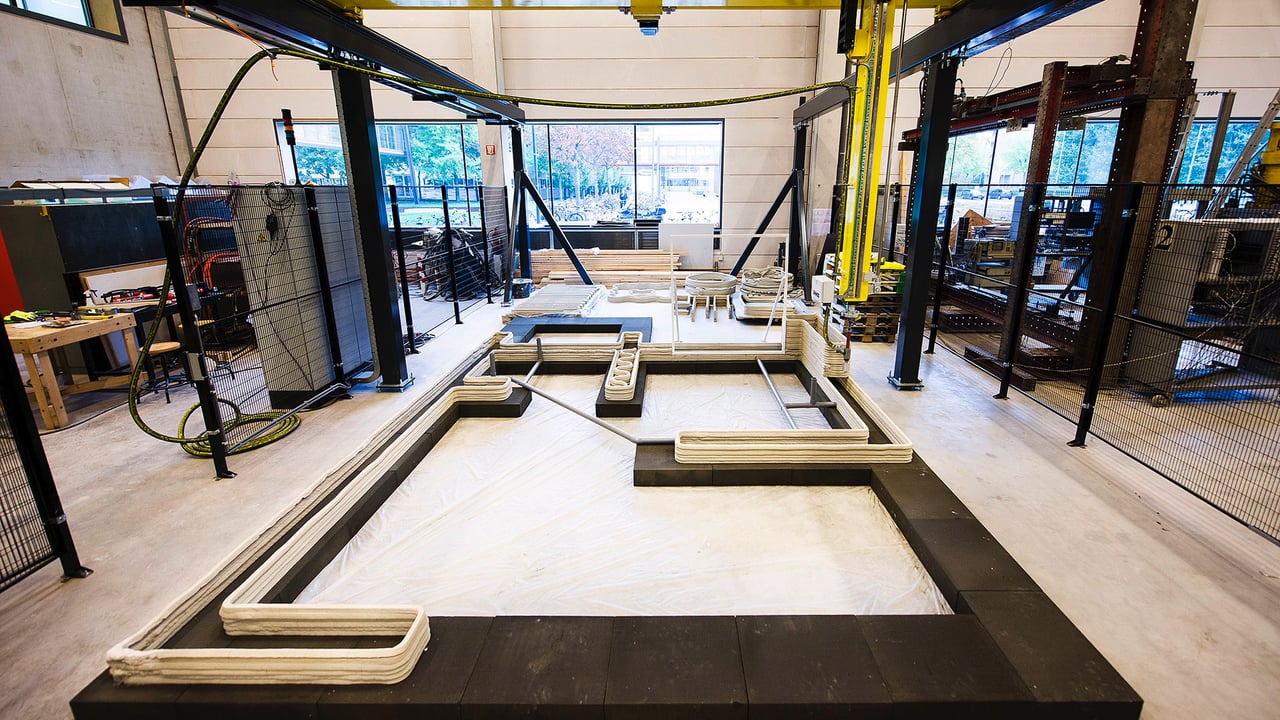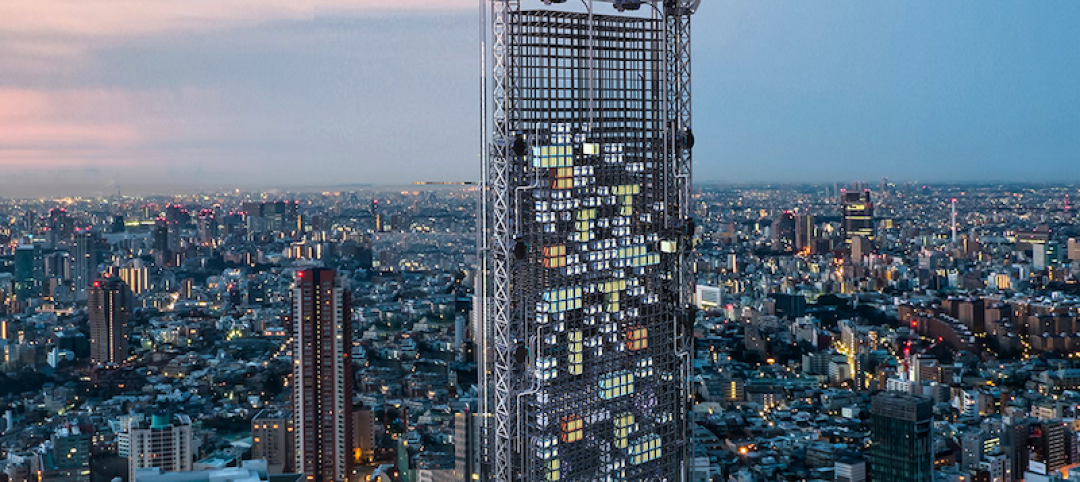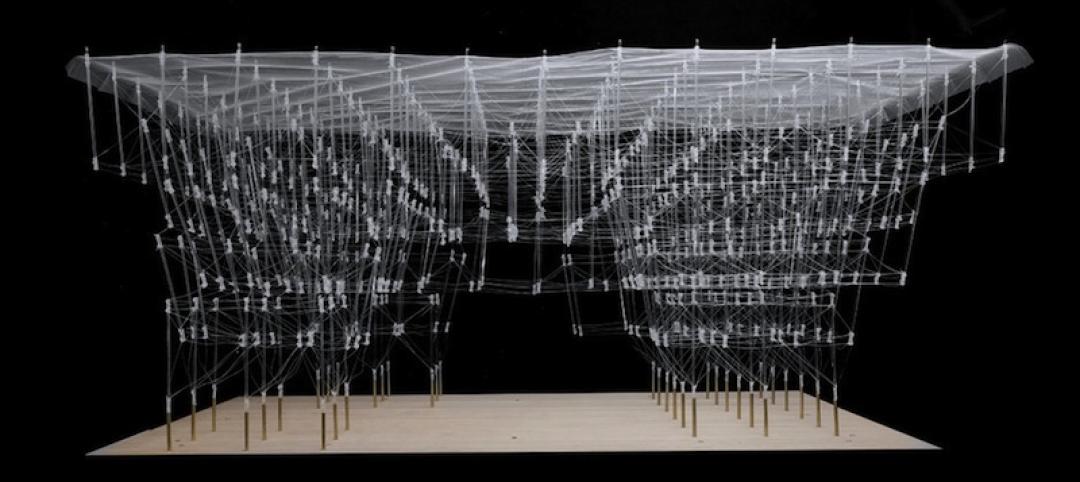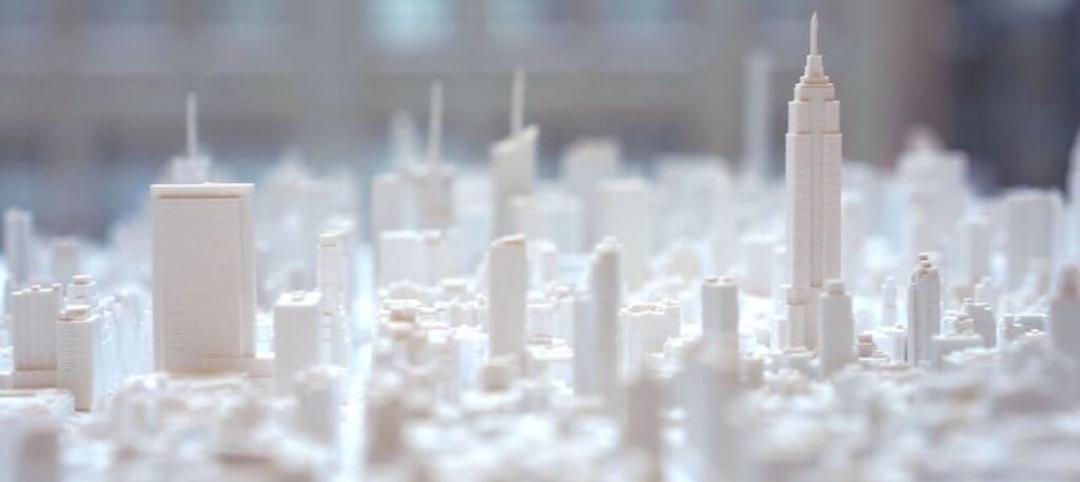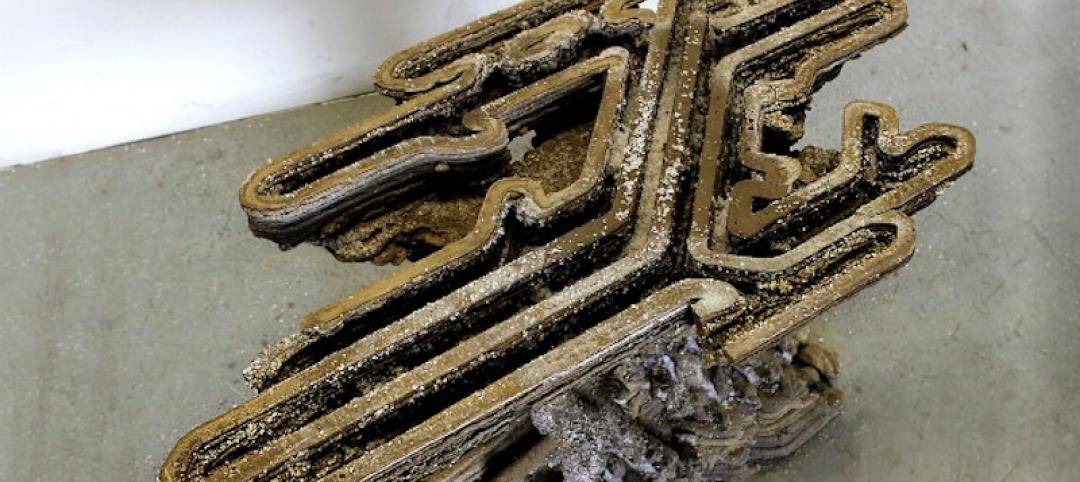The construction industry has promised big things when it comes to the implementation of 3D printing; houses, offices, heck, there have even been a few stories about entire villages being created with the use of 3D printing. However, to this point, 3D-printed buildings and dwellings are still novelties, and seeing 3D printing expand to wider use in the construction sector still seems like a distant goal.
As 3Dprint.com reports, the automotive, aerospace, and medical sectors have made huge strides in the realm of 3D printing and have transformed it from a novelty into a useful tool. The construction sector, however, has lagged behind.
That’s not to say progress hasn’t been made, it’s just that the progress hasn’t been adopted into the mainstream yet. But the day when that occurs may be rapidly approaching.
Research and Markets, a research and analysis company, has taken a look at how the world of 3D concrete printing is expected to expand in the coming years with its appropriately named study, 3D Concrete Printing market By Product Type, by Concrete Type, by Software, by End-use Sector & by Region- Forecast to 2021.
Currently, the market size for 3D concrete printing sits at $24.5 million. According to the study, this is expected to grow to $56.4 million by 2021. Many construction companies around the world are already using some form of 3D concrete printing and will continue to use it in the future, expanding on the practice as technology becomes less expensive and its uses grow. As more places around the world begin to urbanize and industrialize, the demand to build a wide variety of structures will increase.
Research and Markets expects the Asia Pacific region to lead the way in 3D concrete printing with China being, perhaps unsurprisingly, the fastest growing country in terms of its use of 3D printing with concrete.
There are still plenty of obstacles to overcome, however, as the technology can be very expensive, there is plenty of research and development that still needs to be done (meaning, even more capital investment), and there will be a learning curve for how to use and implement the new technology most efficiently and effectively.
Still, even with these obstacles it appears as though using 3D printed concrete as a means of constructing buildings is here to stay and it shouldn’t be too long until it is no longer considered a novelty.
To view the report, click here.
Related Stories
| Jun 13, 2017
Accelerate Live! talk: Incubating innovation through R&D and product development, Jonatan Schumacher, Thornton Tomasetti
Thornton Tomasetti’s Jonatan Schumacher presents the firm’s business model for developing, incubating, and delivering cutting-edge tools and solutions for the firm, and the greater AEC market.
3D Printing | Apr 17, 2017
The Tokyo Pod Vending Machine resembles a giant game of Tetris in the sky
The building is designed to print and dispense its own dwellings in vending machine-obsessed Tokyo.
University Buildings | Oct 19, 2016
UC Merced to nearly double its size by 2020
Its growth strategy includes adding 1.2 million sf of space for teaching, housing, and research.
3D Printing | May 26, 2016
Dubai opens world’s first 3D-printed office
The 2,690-sf structure took 17 days to print. City officials say the labor cost was only half as much as similar size conventional buildings.
3D Printing | Mar 29, 2016
Autodesk’s Project Escher prints large objects in fraction of the time
By networking 3D printers and divvying up the work, the project creates big items 80% to 90% more efficiently.
3D Printing | Feb 23, 2016
University of Tokyo students develop 3D-printing pen
The pen, which melts and strings together plastic filaments, can be used to make large-scale temporary structures.
3D Printing | Feb 11, 2016
Microscape mini 3D models give you the whole city in your hands
Starting with Manhattan, the company hopes to expand to other cities, villages, and "suburban cul-de-sacs" with its detailed, 3D models.
3D Printing | Jan 25, 2016
Architecture students create new method for 3D printing concrete
The team's Fossilized project allows for structures that are more varied and volumetric than other forms so far achieved.


